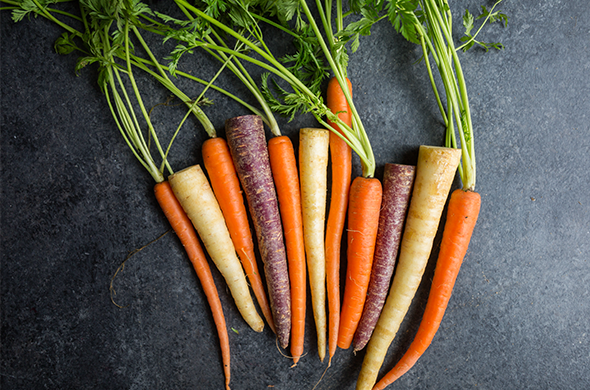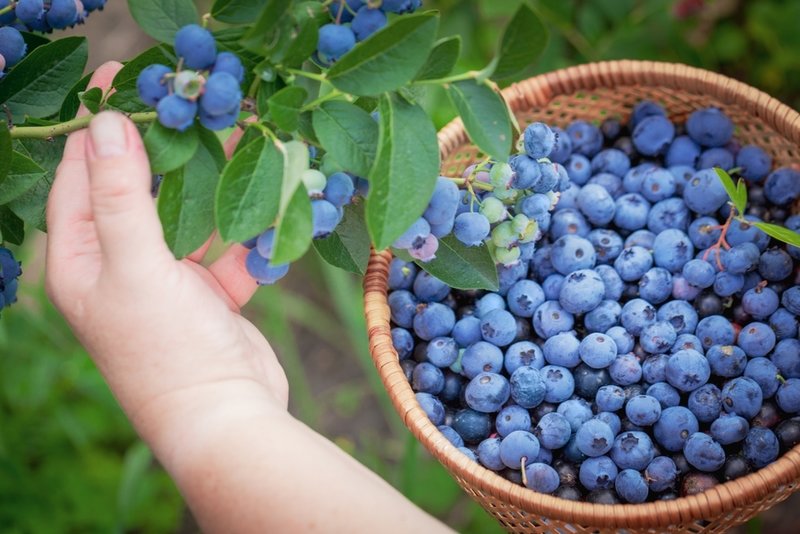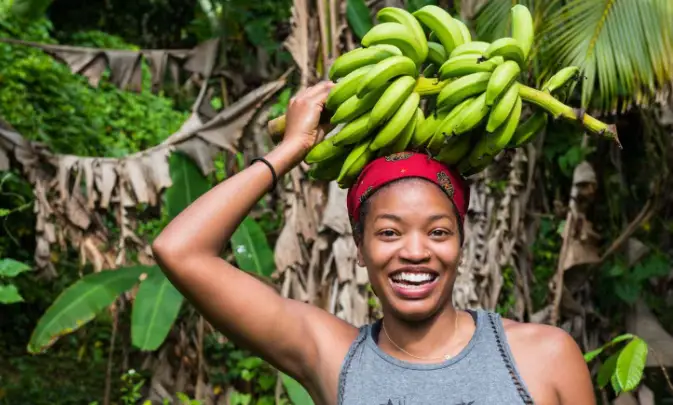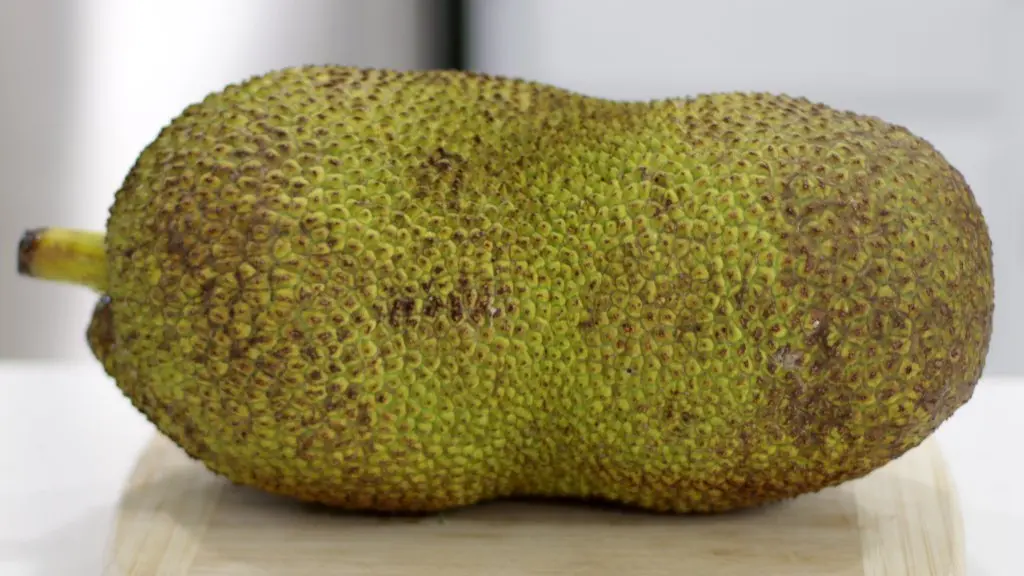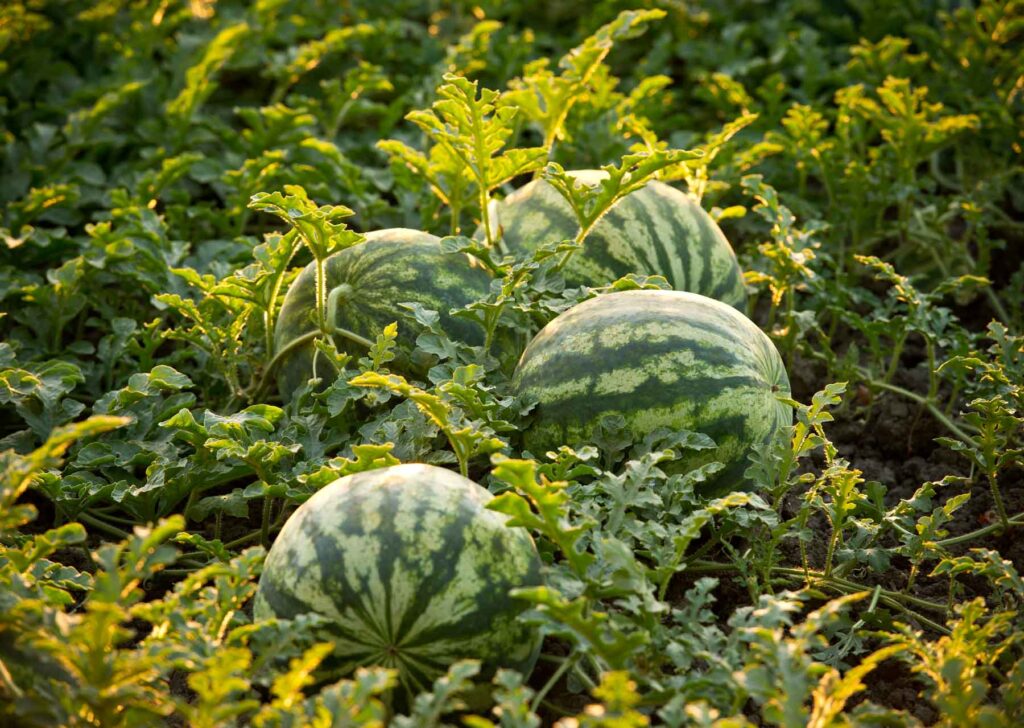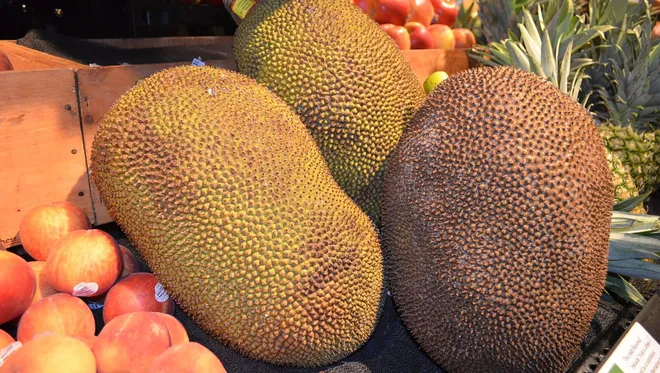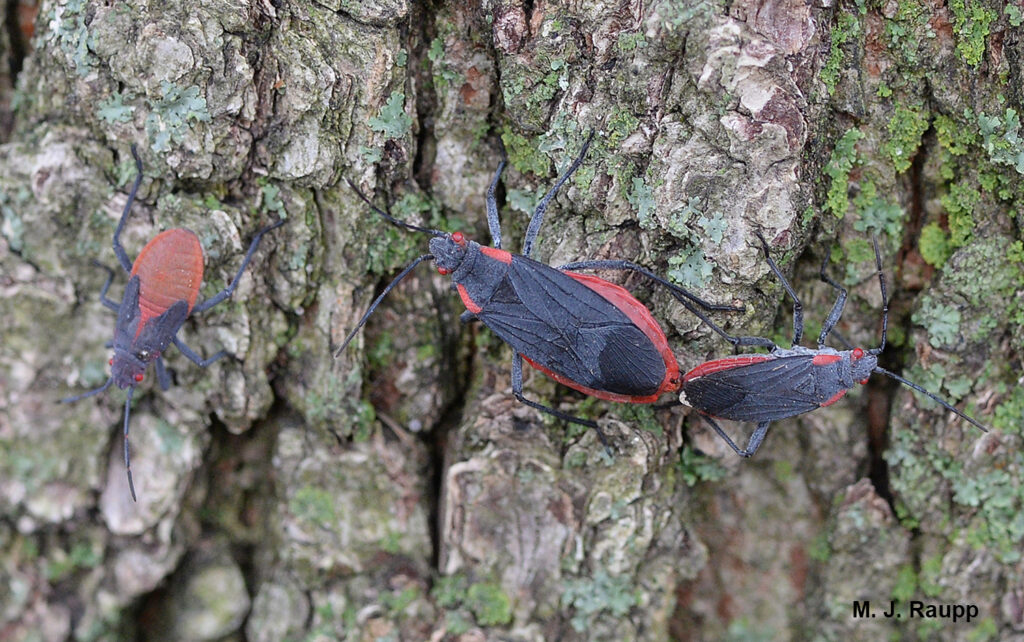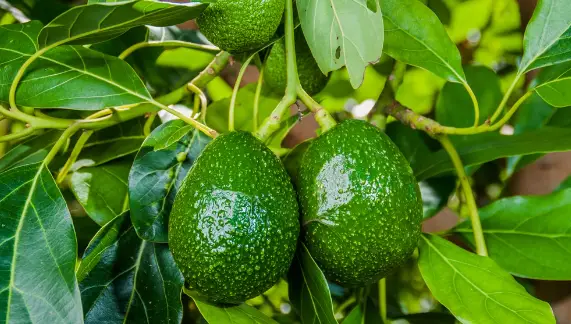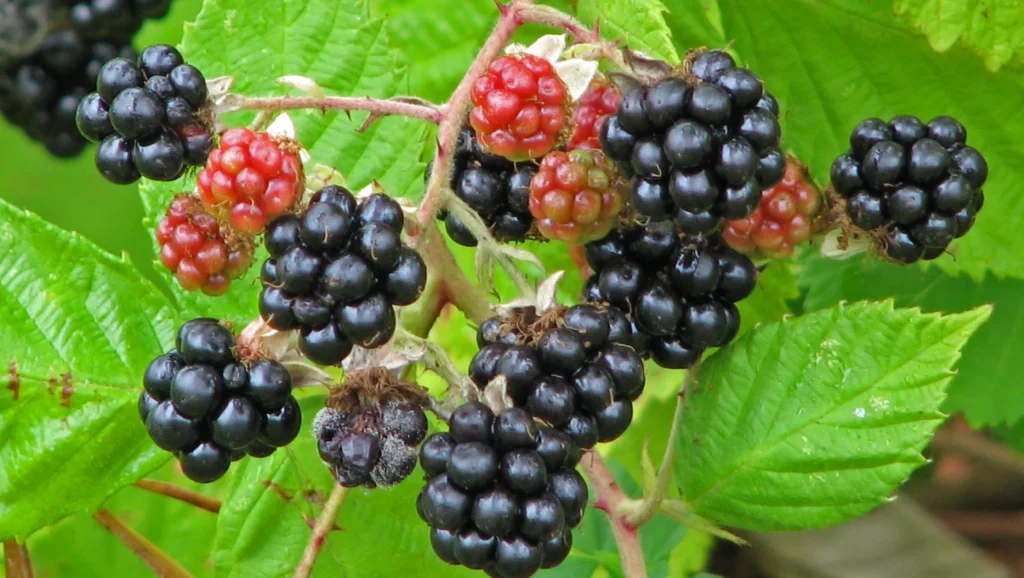Banana plants add a beautiful green, tropical feel to any space. But sometimes their leaves start to turn yellow, which might worry you.
Your banana leaves could be turning yellow for many different reasons, such as a lack of certain nutrients, too much or too little water, pests, diseases, or simply because the leaves are old. This article will explain why this happens and how you can help your banana plant get back to having green, healthy leaves.
Table of Contents
- Getting Old
- Not Enough Nutrients
- Too Much Stress from the Environment
- Bugs and Sickness
- Good Plant Care
- Conclusion
- FAQs
- Can yellow leaves on a banana plant recover their green color?
- Can I use yellowing banana leaves for composting?
- How often should I fertilize my banana plant?
- Can overfertilization cause yellowing of banana leaves?
Getting Old
Yellow leaves can often be a sign that your banana plant is just getting older.
As banana leaves grow older, they change from bright green to yellow, and eventually, they dry up and die. This is normal. The older leaves towards the bottom of the plant usually turn yellow first.
If new leaves are still coming out green in the middle of the plant, you do not need to worry about a few yellow leaves at the bottom. Show morep>
Not Enough Nutrients
If a banana plant doesn’t get enough of certain nutrients from the soil, its leaves could turn yellow. Banana plants need specific nutrients to stay healthy. Not enough of the following can cause yellow leaves:
- Nitrogen: Nitrogen helps the plant grow. If there’s not enough, the older leaves at the bottom might start to yellow at their tips and edges.
- Potassium: Potassium helps the plant stay strong. When there’s not enough, you might see yellow edges and tips on the leaves that can turn into dead spots.
- Magnesium: Magnesium is important for making chlorophyll, which the plant needs to turn sunlight into food. If a plant doesn’t get enough, the space between the veins on the leaves might turn yellow while the veins stay green.
To solve this, you can test your soil to find out what nutrients are missing. Then, use fertilizer or something else to add those nutrients back into the soil. This will help your banana plant get better.
Too Much Stress from the Environment
Changes in the environment can be tough on banana plants, causing their leaves to turn yellow. Some things that can stress out your banana plant include:
- Water: Both too much water and not enough water can cause problems. Too much water can rot the roots, and not enough water can make the plant dry out. It’s important to give your banana plant the right amount of water.
- Temperature: Banana plants like a warm, tropical environment. Too hot or too cold temperatures can make the leaves turn yellow or brown. If it’s too hot, the leaves might get burnt and turn yellow.
- Sun: Banana plants like bright light but not direct sunlight all the time. Too much direct sun can burn the leaves, causing them to yellow or go brown. Moving the plant to a place with less direct sun might help.
- Soil pH: Banana plants grow best in soil that’s slightly acidic to neutral. If the soil pH isn’t right, the plant can’t get nutrients properly, which can make the leaves yellow. You can test the soil’s pH and adjust it to make sure it’s right for your banana plant.
By taking care of these environmental issues, you can stop the leaves from turning yellow and keep your banana plant happy.
Bugs and Sickness
Pests and diseases can also make banana leaves turn yellow. Watch out for these common problems:
- Aphids: These tiny bugs suck the sap out of plants, making the leaves turn yellow, curl, and look odd. You can get rid of aphids with ladybugs, soap, or neem oil.
- Rust Thrips: These pests damage leaves by sucking out the sap, which makes leaves look yellow, shiny, and strange. You can remove the affected leaves or use bug spray to control them.
- Fungus: Diseases like Fusarium wilt or Panama disease come from the soil and can turn banana leaves yellow. They can eventually kill the plant. To prevent this, try to use banana plants that don’t get sick easily and keep the area clean.
If you think bugs or a sickness is causing yellow leaves, it’s best to talk to an expert who can tell you what’s wrong and how to treat it.
Good Plant Care
If you take good care of your banana plant, it’s less likely to get yellow leaves.
Here are some tips for good plant care:
- Drainage: Banana plants don’t like too much water around their roots. Make sure your soil drains well. You can plant your banana in a raised bed or add things like compost to help the soil drain better.
- Mulch: Spread mulch around your banana plant. It keeps the soil moist, protects the roots from extreme temperatures, and stops weeds from growing.
- Pruning: Cut off old or yellow leaves to help air flow and reduce the chance of bugs and diseases.
- Fertilizing: Feed your banana plant with the right kind of fertilizer. You can use a slow-release type made for fruit plants or organic options like composted manure.
If you take care of your banana plant using these traditional methods, you can make sure its leaves stay healthy and you avoid them turning yellow.
Conclusion
When the leaves on your banana plant start turning yellow, it could be due to many reasons. Some reasons include the plant getting old, not having enough nutrients, being in a tough environment, having bugs, or catching a disease. If you figure out why it’s happening and do the right things, your banana plant’s leaves can be healthy and green again.
Take care of nutrient shortages, make sure your plant lives in the best conditions possible, keep bugs and diseases away, and use good gardening methods. Then, your banana plant will grow big and green for a very long time.
